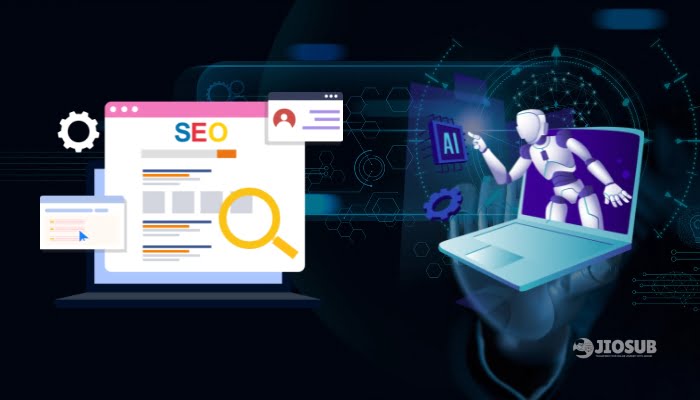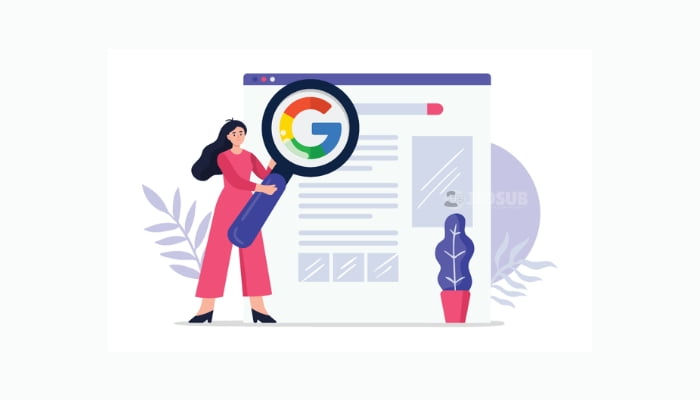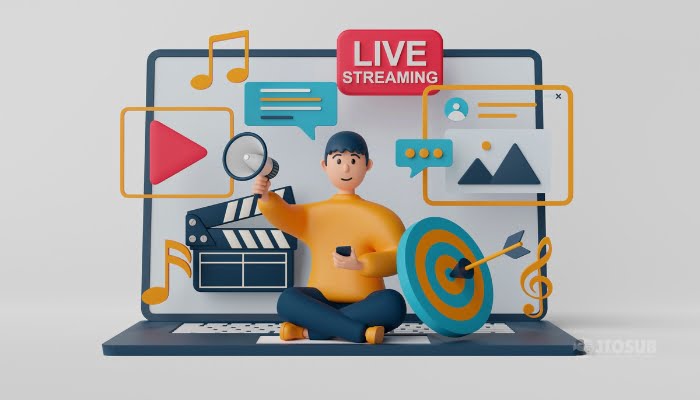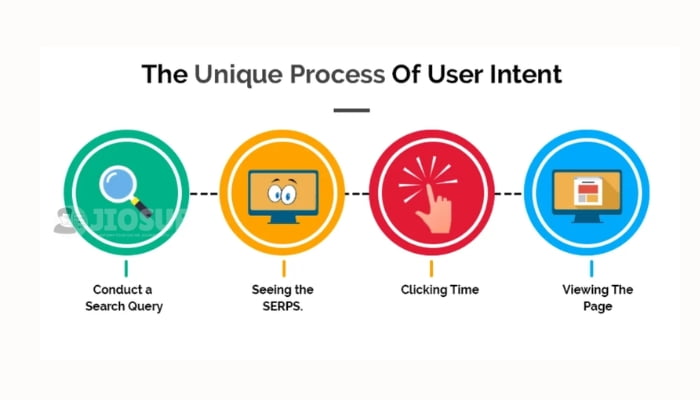Introduction
In the ever-evolving digital landscape, SEO remains a critical component for online success. As search engines become more sophisticated, staying ahead of the latest trends is essential for maintaining and improving your website’s visibility. Let’s dive into the top 10 SEO trends to watch in 2024 that will help you stay competitive and boost your rankings.
1. AI and Machine Learning in SEO

The integration of AI and machine learning into search algorithms has revolutionized the way SEO works. AI-powered tools like Google’s RankBrain and BERT have made search engines smarter in understanding user queries. These technologies enable search engines to deliver more relevant results by analyzing patterns and predicting user behavior.
Machine learning can also be leveraged for predictive analysis, helping businesses anticipate search trends and adjust their strategies accordingly. For instance, tools like Clearscope use AI to optimize content for better search performance, suggesting keywords and topics that align with current trends.
2. Voice Search Optimization

With the increasing popularity of voice assistants like Siri, Alexa, and Google Assistant, voice search is becoming a significant aspect of SEO. By 2024, it’s estimated that over 50% of all searches will be voice-based. This shift requires a different approach to content creation, focusing on natural language and conversational queries.
To optimize for voice search, ensure your content answers specific questions clearly and concisely. Use long-tail keywords and consider the context in which people might use voice search. Structured data can also help search engines better understand your content, improving your chances of appearing in voice search results.
3. Mobile-First Indexing

Google’s mobile-first indexing means that the mobile version of your website is now the primary version considered for ranking. With more than half of global web traffic coming from mobile devices, optimizing your site for mobile is crucial. This involves ensuring fast load times, responsive design, and easy navigation on smaller screens.
Best practices for mobile optimization include compressing images, leveraging browser caching, and minimizing code. Tools like Google’s Mobile-Friendly Test can help you identify and fix issues that might be affecting your mobile performance.
Must Read: Unlocking Local SEO Secrets: Mastering Semrush Local in 5 Easy Steps!
4. Core Web Vitals as a Ranking Factor

Core Web Vitals are a set of metrics that measure the user experience on your website. Google has made it clear that these metrics will play a significant role in ranking. The three main aspects are Largest Contentful Paint (LCP), First Input Delay (FID), and Cumulative Layout Shift (CLS).
To improve these metrics, focus on optimizing images and videos for faster loading, reducing JavaScript execution time, and ensuring that elements on your page are stable and don’t shift unexpectedly. Tools like Google PageSpeed Insights provide detailed reports and suggestions for enhancing your Core Web Vitals.
5. E-A-T and Content Quality

E-A-T stands for Expertise, Authoritativeness, and Trustworthiness, and it’s a concept that Google uses to evaluate the quality of content. High-quality content that demonstrates E-A-T is more likely to rank well. This is particularly important for websites that provide health, financial, or legal information.
To enhance your E-A-T, create content that is well-researched and written by experts in the field. Include author bios and credentials, and ensure your site has a professional design. Building backlinks from reputable sources can also boost your authority.
6. Video Content Optimization

Video content continues to dominate the digital space, with platforms like YouTube being the second-largest search engine. Optimizing video content for SEO can significantly boost your visibility. This includes creating engaging, high-quality videos and optimizing titles, descriptions, and tags with relevant keywords.
Transcripts and closed captions can make your videos more accessible and improve SEO. Additionally, embedding videos on your website can increase dwell time, signaling to search engines that your site provides valuable content.
7. Local SEO and Google My Business

For businesses with a physical presence, local SEO is more important than ever. Optimizing your Google My Business (GMB) listing can drive traffic to your location and improve your local search rankings. Ensure your GMB profile is complete and up-to-date with accurate business information, including address, phone number, and hours of operation.
Encourage satisfied customers to leave positive reviews, and respond to reviews promptly. Utilize local keywords in your content and build local backlinks to enhance your local SEO efforts.
Also Read: The Role of AI in Modern SEO: What You Need to Know
8. Structured Data and Schema Markup

Structured data and schema markup help search engines understand the content on your site better. By implementing schema markup, you can enhance your search listings with rich snippets, which can improve click-through rates. For example, adding schema markup to your FAQ pages can make them eligible for a featured snippet in search results.
Common types of schema markup include organization, product, event, and review schemas. Use tools like Google’s Structured Data Markup Helper to create and implement schema markup on your website.
9. User Intent and Search Behavior

Understanding user intent is crucial for creating content that meets the needs of your audience. Search engines are getting better at interpreting the intent behind queries, whether it’s informational, navigational, or transactional. Tailoring your content to match user intent can improve your rankings and provide a better user experience.
To align with user intent, conduct thorough keyword research and analyze search queries to understand what your audience is looking for. Create content that answers their questions, solves their problems, and guides them through their journey.
10. Sustainability and Green SEO

As environmental awareness grows, so does the importance of sustainable SEO practices. Green SEO focuses on minimizing the environmental impact of your website by reducing its energy consumption and carbon footprint. This includes optimizing server performance, using efficient coding practices, and leveraging green hosting services.
Implementing sustainable SEO not only benefits the environment but can also enhance your brand’s reputation. Consumers are increasingly favoring businesses that demonstrate a commitment to sustainability.
Must Read: SE Ranking vs Semrush: Which SEO Tool Reigns Supreme in 2024?
Conclusion
Staying updated with the latest SEO trends is essential for maintaining a competitive edge in the digital landscape. From AI and machine learning to sustainability, these trends highlight the evolving nature of SEO. By adapting to these changes, you can improve your website’s visibility, user experience, and overall performance.
FAQs
What is the most important SEO trend in 2024?
The most important SEO trend in 2024 is likely the integration of AI and machine learning in search algorithms, as it significantly impacts how search engines understand and rank content.
How does AI impact SEO?
AI impacts SEO by improving the accuracy and relevance of search results through advanced algorithms that analyze user behavior and predict trends.
Why is mobile-first indexing crucial?
Mobile-first indexing is crucial because the majority of global web traffic comes from mobile devices, and optimizing for mobile ensures a better user experience and higher search rankings.
What are Core Web Vitals?
Core Web Vitals are metrics that measure the user experience on your website, focusing on loading performance, interactivity, and visual stability.
How can I improve my website’s E-A-T?
You can improve your website’s E-A-T by creating high-quality, well-researched content, building backlinks from reputable sources, and ensuring your site demonstrates expertise, authoritativeness, and trustworthiness.

